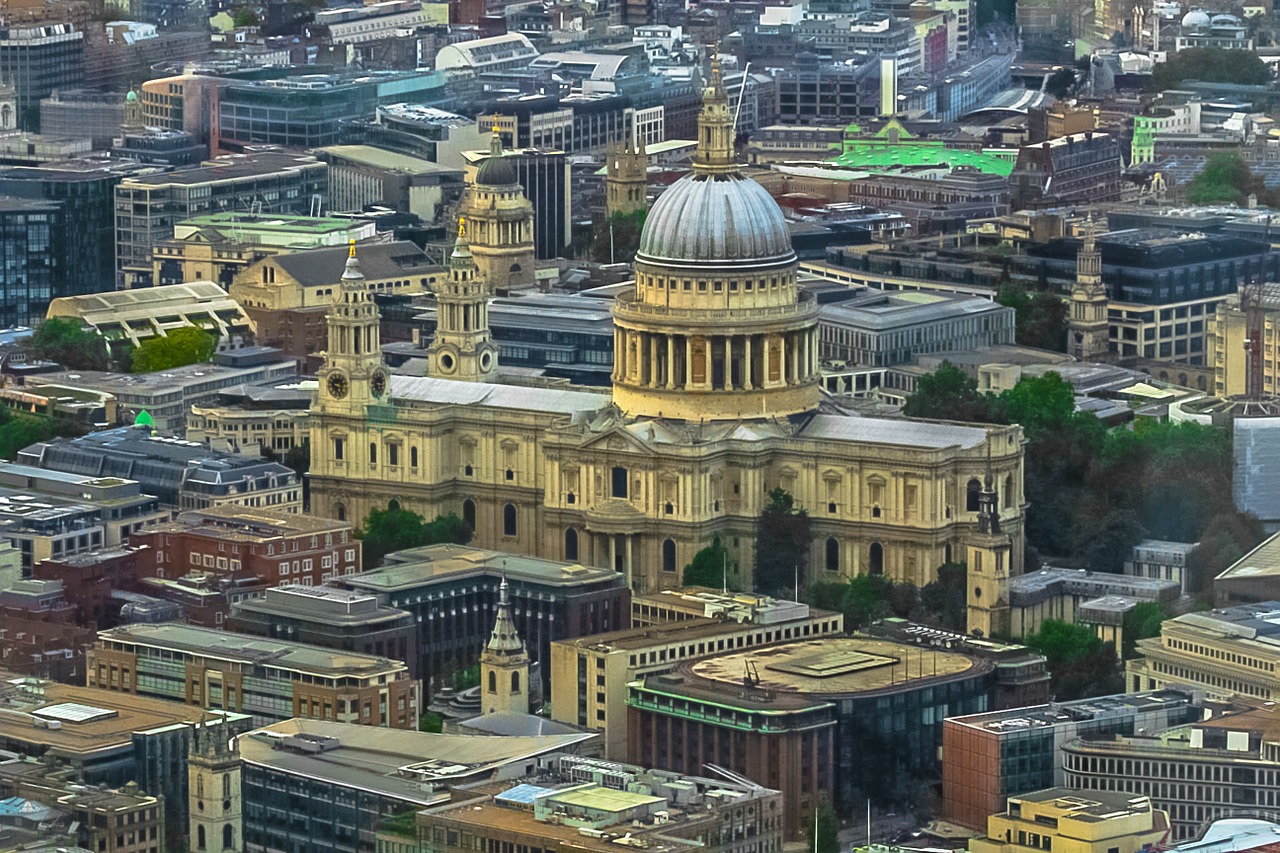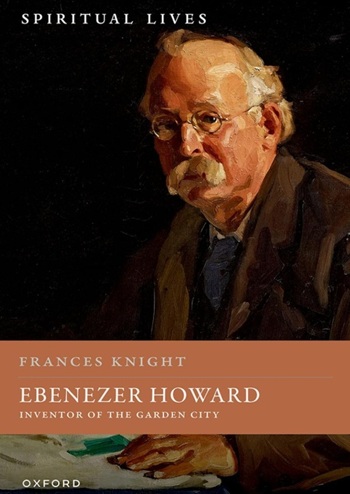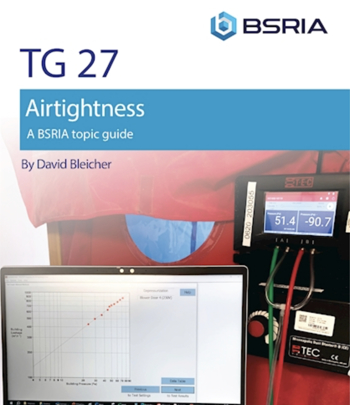Sir Christopher Wren

|
| St Paul's Cathedral, aerial view. Image by Roman Grac from Pixabay |
Contents |
[edit] Introduction
Sir Christopher Wren (1632-1723) is one of the giants of English architecture. Yet he did not train as an architect or engineer, nor as a painter, sculptor or mason. Having finished at Westminster School in London at the age of 15, he went on to become an assistant demonstrator at the College of Surgeons, after which he went to Oxford to pursue his interest in science.
During those years, no less than 53 inventions, theories, technical improvements and discoveries are accredited to him. Many wrestled with the central problems of astronomy, physics and engineering.
At the age of 25, having built a reputation as a mathematician, he was made a professor of astronomy in London and four years later (1661) in Oxford. In 1663, at the request of Oxford University, and with little experience of designing, he presented a model of the Sheldonian Theatre (completed in 1669). Although the timber roof shows some signs of 'genius', the building generally attests to his lack of design experience.
Wren’s second building was Pembroke Chapel, Cambridge (1663-66) for his uncle, Matthew Wren, Bishop of Ely. By this time, having spent six months in Paris studying architecture, the subject had fused in his mind with engineering, mathematics and physics.
[edit] The Great Fire
He was soon to be consulted on the alterations to the old St Paul’s cathedral. But it was the Great Fire of London in 1666 that gave Wren the opportunity to use his wide-ranging talents for the rebuilding of London. This may have been the spur that made him choose architecture as his specialisation.
As a member of the Royal Commission to rebuild London, he was soon tasked with designing numerous churches for the city and in 1669, he was appointed surveyor general by Charles I. His first step was to prepare a general plan for re-laying out the now devastated city: a rational plan of almost grid-like parallel streets with main routes up to 20m wide converging at main points.
[edit] London churches
Wren was also asked to prepare new designs for St Paul’s Cathedral although the first few were rejected. Work finally began in 1675 and the first service was held in December 1697, even though the building not fully finished: the Barouque towers on either side of the front elevation were designed sometime after 1700 and the dome’s lantern completed in 1710. Full completion of the building did not occur until around 1720 at a total project cost of £730,750. The building is regarded as Wren’s masterpiece and is a skilful blend of the classical and the Baroque styles, with the dome regarded as one of the most perfect in the world.
Prior to design work on the cathedral, Wren had made a start rebuilding the City churches, achieved in the course of a few years. They were finally to number 55 in total – four of them lying outside the City. Characterised by a wide variety of elevational treatments, each development displays an ingenuity in designing on cramped and irregular sites. They also gave Wren the opportunity to experiment with elevations and plans that were central, longitudinal and intermediate, with naves and aisles and with columns, giant columns and apses. His language also included piers, clerestory windows, vaults, domes on squares (St Mildred) and octagons (St Mary Abchurch and St Swithin). The resulting permutations gave rise to a rich variety of aesthetic and spatial effects.
Wren’s interest in the planning of churches was concerned with how to give a longitudinal building a feeling of centrality – and vice-versa. This experimentation gave rise to churches such as St Andrew Holborn; St James, Piccadilly; St Mary-le-Bow; St Bride; Christ Church, Newgate Street; St Peter Cornhill; St Magnus, and St Martin, Ludgate Hill.
[edit] Other buildings
In addition, Wren also designed The Royal Hospital, Chelsea (completed 1692); Hampton Court (1689-1700); the library of Trinity College, Cambridge (1676 1695) and other buildings. Wren’s last great work was the original ‘grand design’ for Greenwich Hospital (1696-1715). He died before it was completed, and Sir John Vanbrugh finished the project.
Wren’s huge influence on the London skyline remained uncontested until the arrival of Richard Seifert in the 1960s and later Norman Foster and Richard Rogers from 1980s. Wren’s genius and influence was continued through the subsequent works of his assistant. Nicholas Hawksmoor, who achieved huge success in his own right as an architect of the English Baroque, most notable for Christ Church, Spitalfields and other churches.
[edit] Related articles on Designing Buildings
- Aesthetics and architecture.
- Antiquities.
- Apse.
- Architect.
- Architectonics.
- Architecture.
- Basilica.
- Classical orders.
- Classical architecture
- Eclecticism.
- Edwardian architecture.
- English architectural stylistic periods.
- Modern building.
- Modernist architecture.
- Nineteenth century architecture.
- Rule of thumb.
- Stuart architecture.
- The Livery Halls of the City of London.
- Types of building.
- Vernacular architecture.
Featured articles and news
A change to adoptive architecture
Effects of global weather warming on architectural detailing, material choice and human interaction.
How big is the problem and what can we do to mitigate the effects?
Overheating guidance and tools for building designers
A number of cool guides to help with the heat.
The UK's Modern Industrial Strategy: A 10 year plan
Previous consultation criticism, current key elements and general support with some persisting reservations.
Building Safety Regulator reforms
New roles, new staff and a new fast track service pave the way for a single construction regulator.
Architectural Technologist CPDs and Communications
CIAT CPD… and how you can do it!
Cooling centres and cool spaces
Managing extreme heat in cities by directing the public to places for heat stress relief and water sources.
Winter gardens: A brief history and warm variations
Extending the season with glass in different forms and terms.
Restoring Great Yarmouth's Winter Gardens
Transforming one of the least sustainable constructions imaginable.
Construction Skills Mission Board launch sector drive
Newly formed government and industry collaboration set strategy for recruiting an additional 100,000 construction workers a year.
New Architects Code comes into effect in September 2025
ARB Architects Code of Conduct and Practice available with ongoing consultation regarding guidance.
Welsh Skills Body (Medr) launches ambitious plan
The new skills body brings together funding and regulation of tertiary education and research for the devolved nation.
Paul Gandy FCIOB announced as next CIOB President
Former Tilbury Douglas CEO takes helm.
UK Infrastructure: A 10 Year Strategy. In brief with reactions
With the National Infrastructure and Service Transformation Authority (NISTA).
Ebenezer Howard: inventor of the garden city. Book review.
Airtightness Topic Guide BSRIA TG 27/2025
Explaining the basics of airtightness, what it is, why it's important, when it's required and how it's carried out.





















